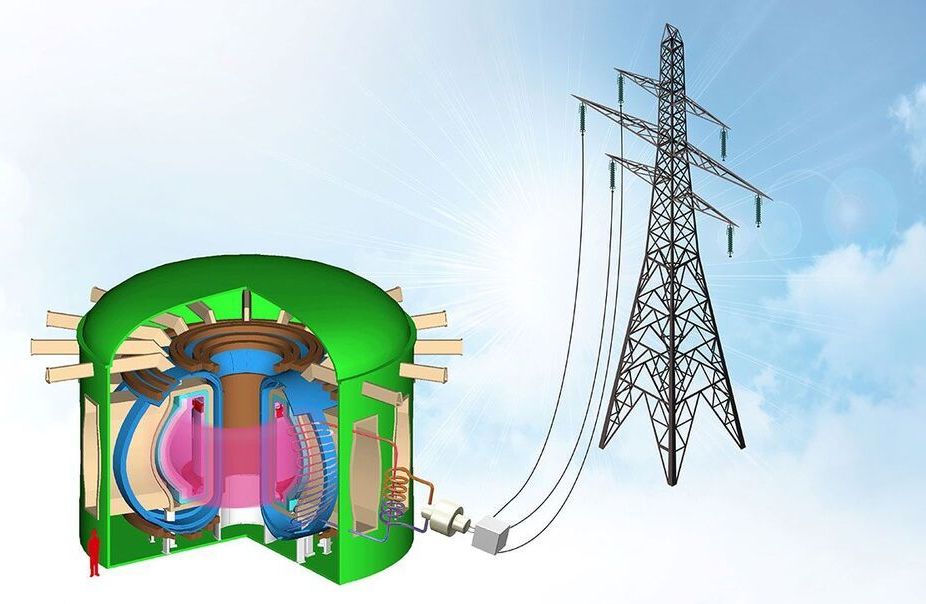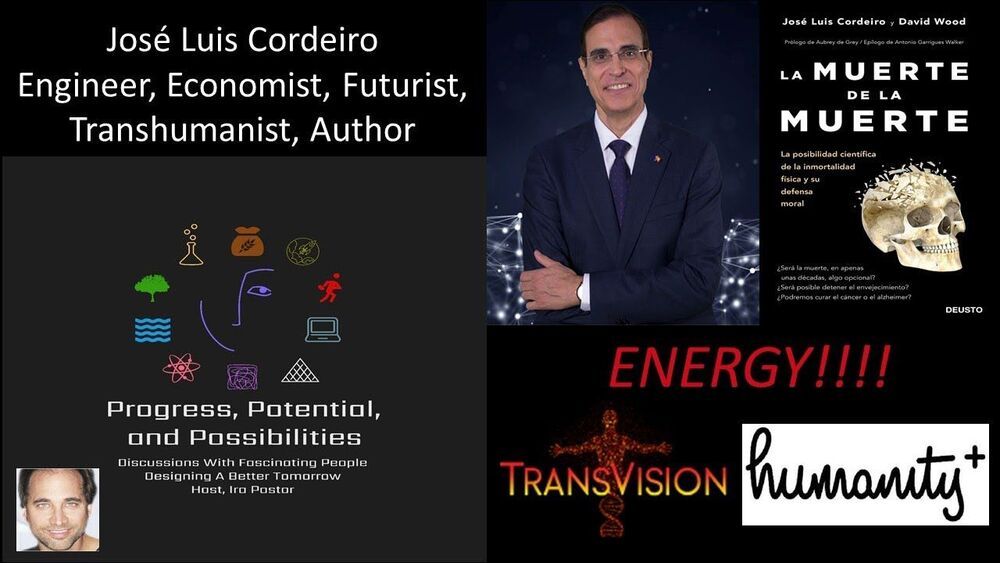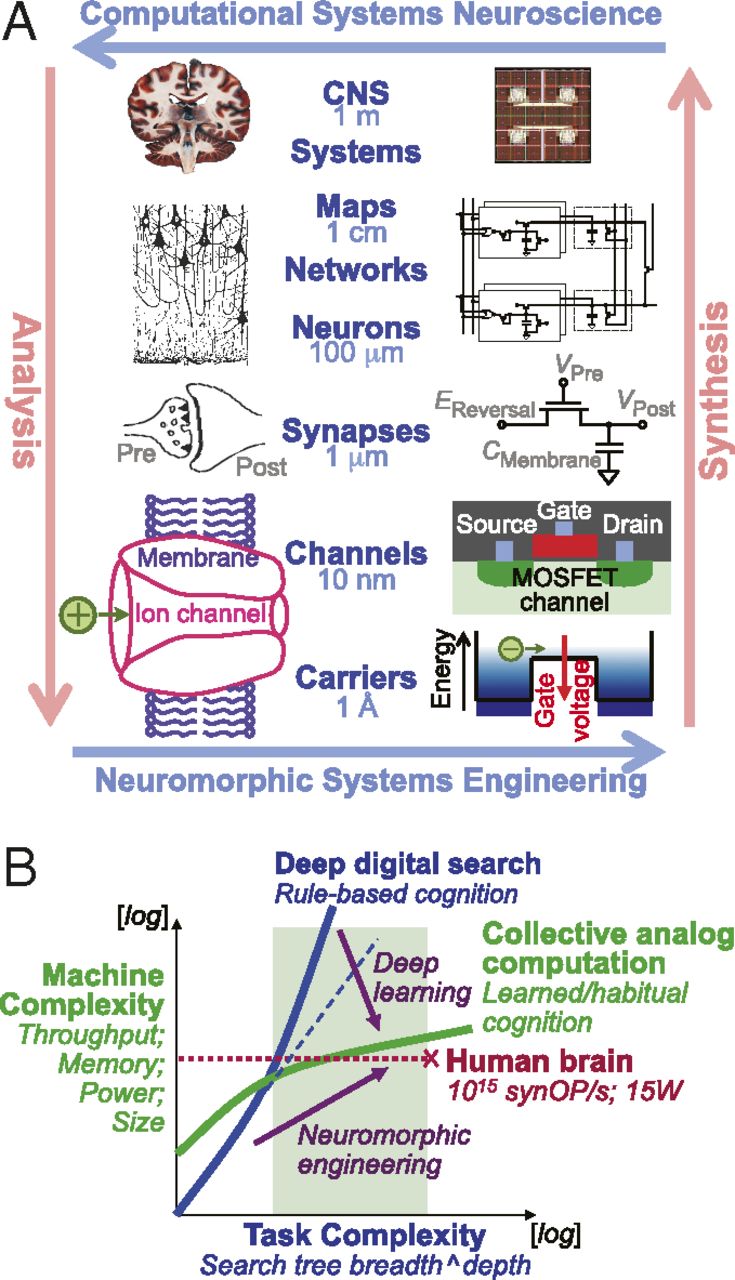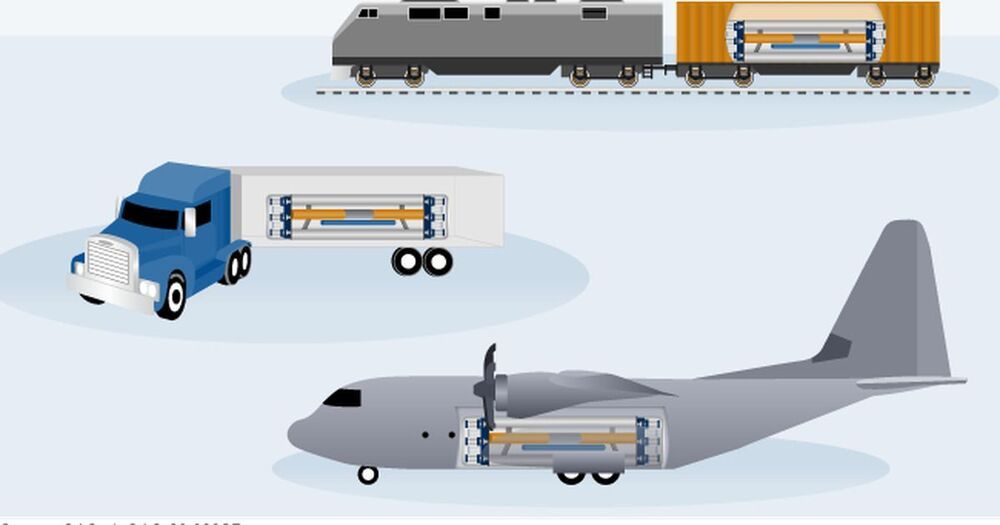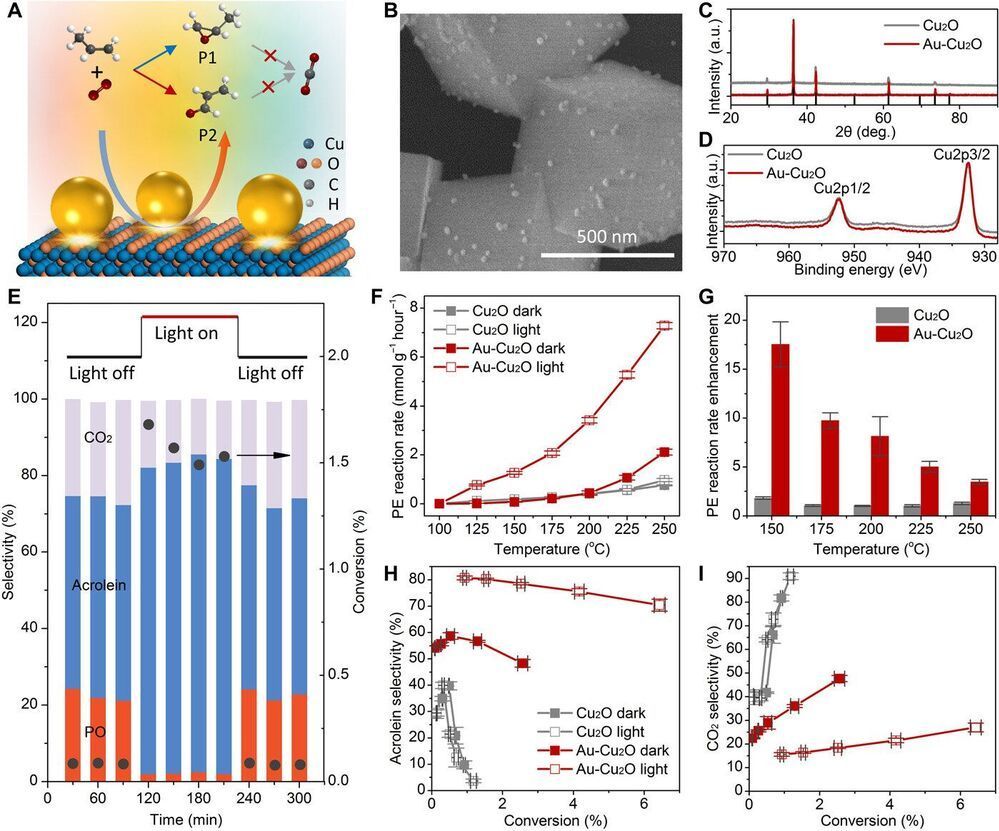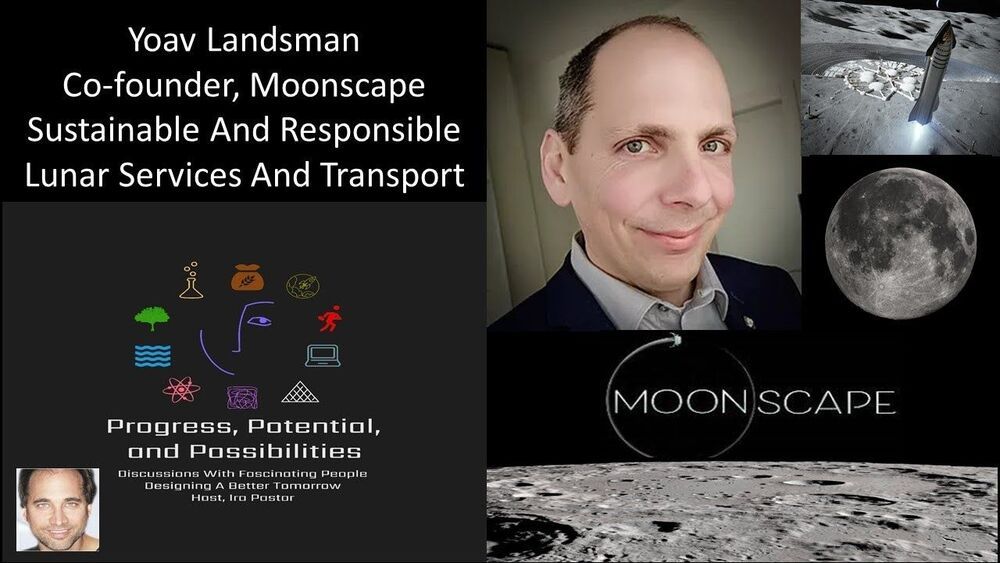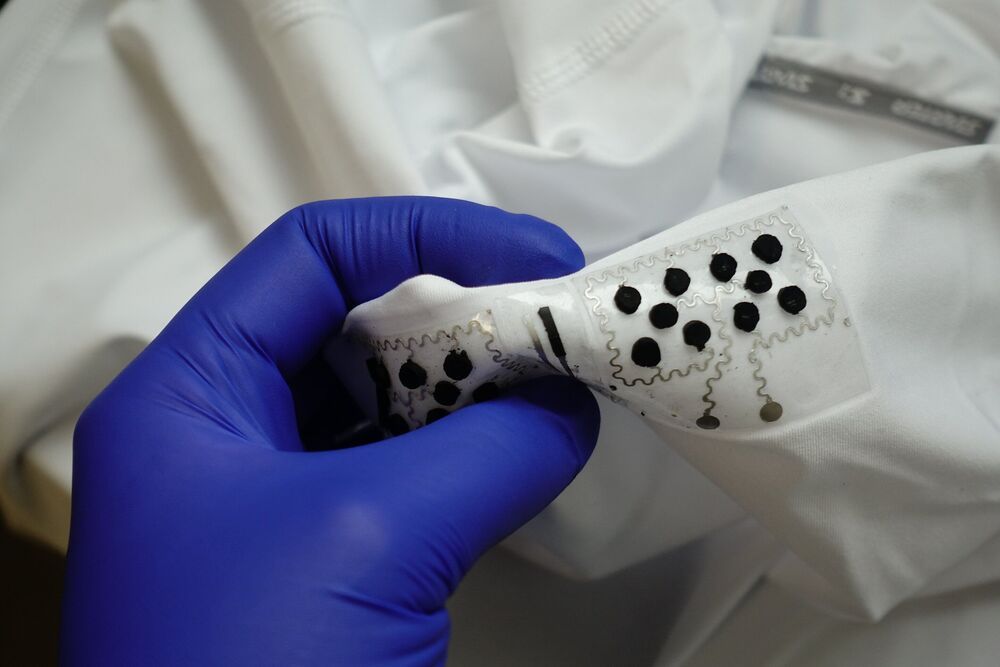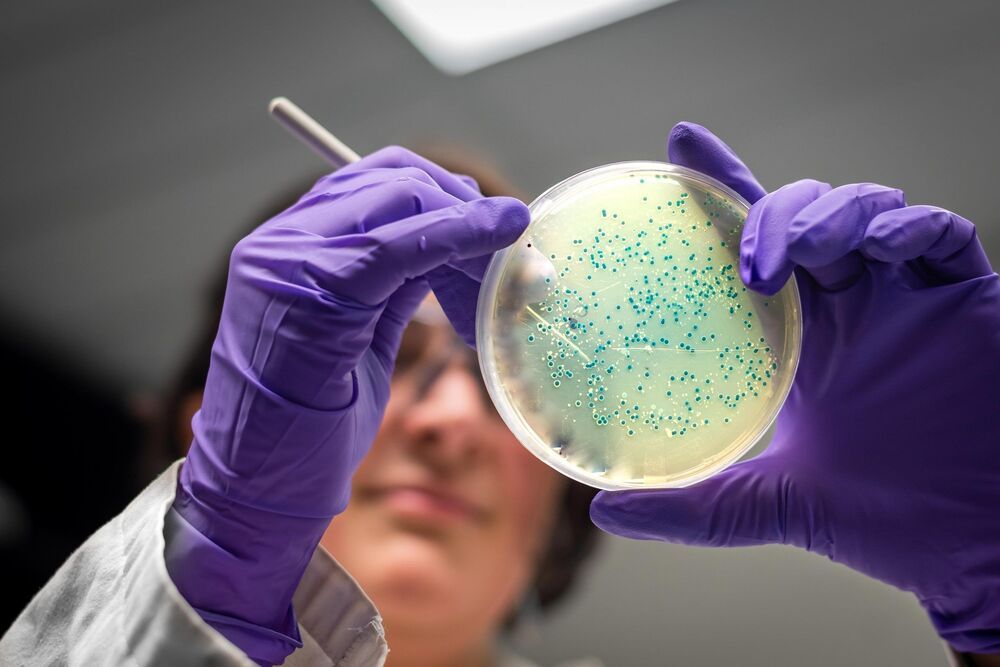Mar 30, 2021
US Researchers Design Compact Fusion Power Plant
Posted by Quinn Sena in categories: biotech/medical, engineering, nuclear energy
New concept delivers continuous electricity with an approach that reduces cost and risk
San Diego, March 29, 2021 – Fusion energy is heating up. In the past few months, both the U.S. Department of Energy’s (DOE) Fusion Energy Sciences Advisory Committee (FESAC) and the National Academies of Sciences, Engineering, and Medicine (NASEM) released reports calling for aggressive development of fusion energy in the U.S.
Now, scientists at the DIII-D National Fusion Facility have released a new design for a compact fusion reactor that can generate electricity and help define the technology necessary for commercial fusion power. The approach is based on the “Advanced Tokamak” concept pioneered by the DIII-D program, which enables a higher-performance, self-sustaining configuration that holds energy more efficiently than in typical pulsed configurations, allowing it to be built at a reduced scale and cost.
